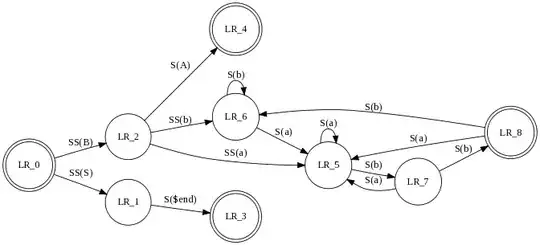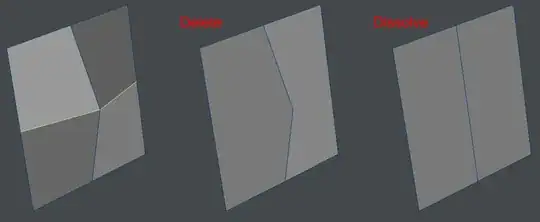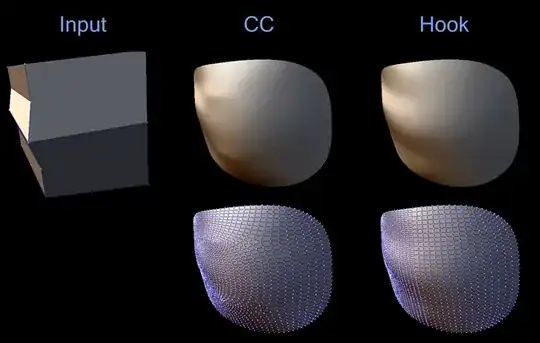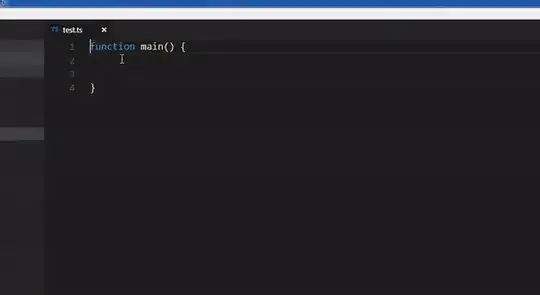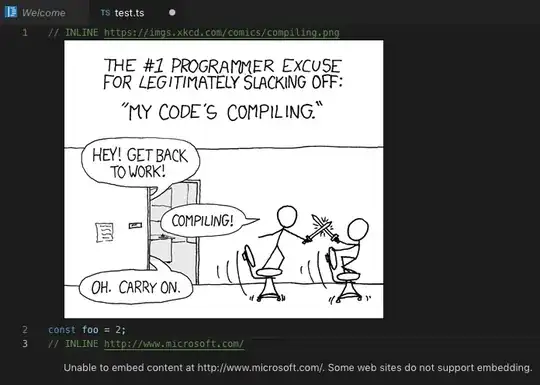I write a lot of (primarily c++ and javascript) code that touches upon computational geometry and graphics and those kinds of topics, so I have found that visual diagrams have been an indispensable part of the process of solving problems.
I have determined just now that "oh, wouldn't it just be fantastic if I could somehow attach a hand-drawn diagram to a piece of code as a comment", and this would allow me to come back to something I worked on, days, weeks, months earlier and far more quickly re-grok my algorithms.
As a visual learner, I feel like this has the potential to improve my productivity with almost every type of programming because simple diagrams can help with understanding and reasoning about any type of non-trivial data structure. Graphs for example. During graph theory class at university I had only ever been able to truly comprehend the graph relationships that I could actually draw diagrammatical representations of.
So...
No IDE to my knowledge lets you save a picture as a comment to code.
My thinking was that I or someone else could come up with some reasonably easy-to-use tool that can convert an image into a base64 binary string which I can then insert into my code.
If the conversion/insertion process can be streamlined enough it would allow a far better connection between the diagram and the actual code, so I no longer need to chronographically search through my notebooks. Even more awesome: plugins for the IDEs to automatically parse out and display the image. There is absolutely nothing difficult about this from a theoretical point of view.
My guess is that it would take some extra time for me to actually figure out how to extend my favorite IDEs and maintain these plugins, so I'd be totally happy with a sort of code post-processor which would do the same parsing out and rendering of the images and show them side by side with the code, inside of a browser or something. Since I'm a javascript programmer by trade.
What do people think? Would anyone pay for this? I would. But I would perhaps also point out that regardless of whether I or some significant number of my peers would pay for such a thing, the only way such a thing is likely to succeed would be through an open source release.
